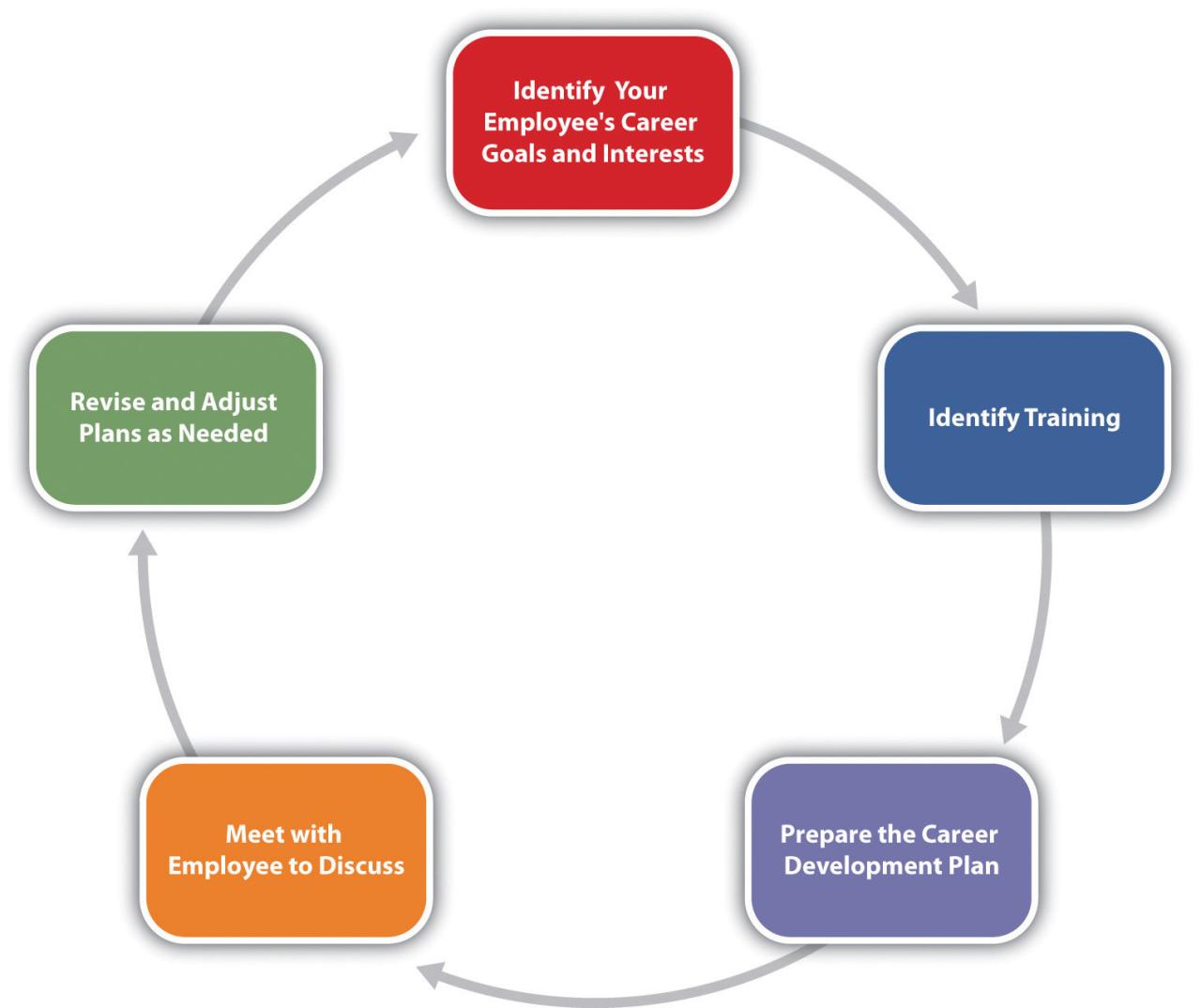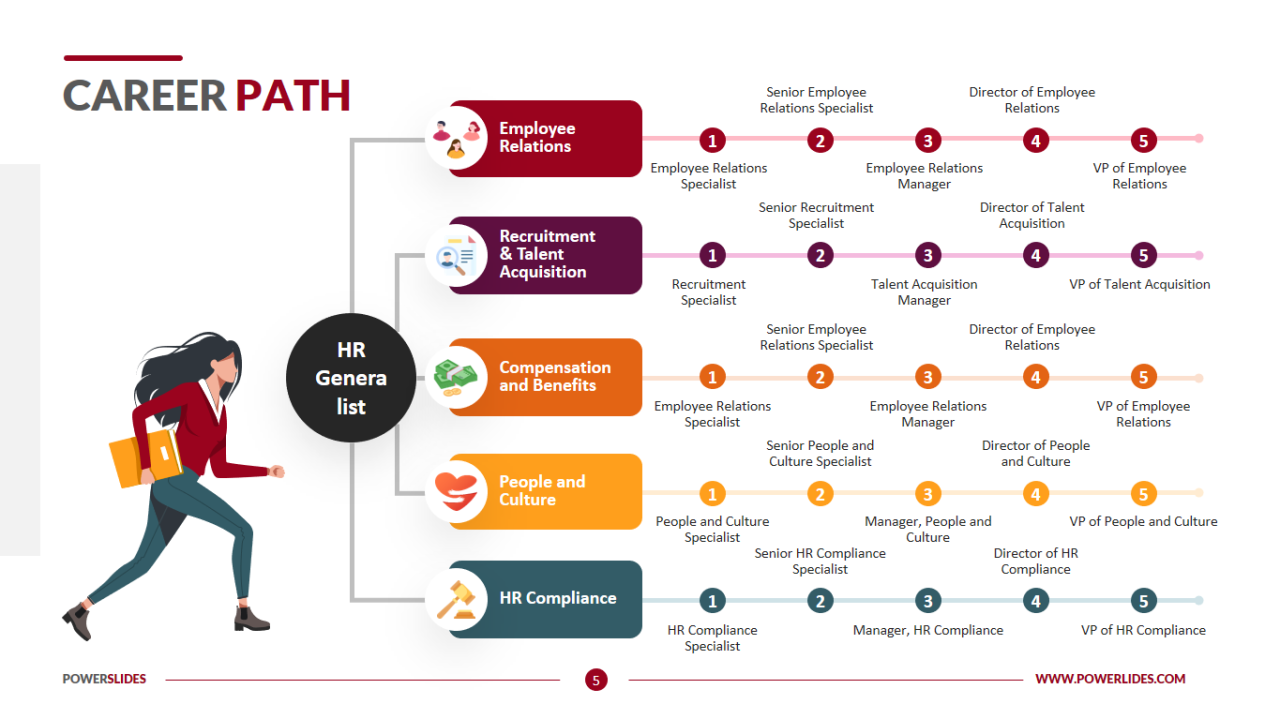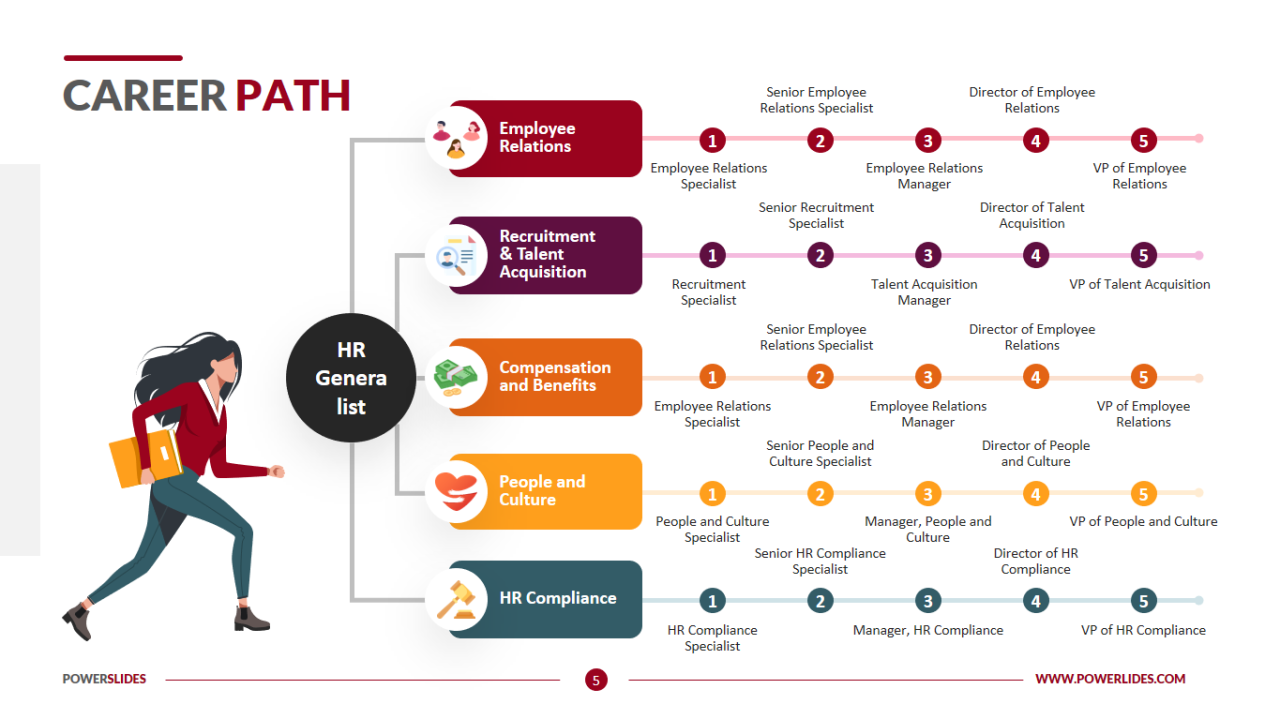Choosing the right IT courses based on career goals is crucial for a successful and fulfilling career in technology. This guide navigates you through the process, from identifying your ideal IT path to securing the necessary education and building your professional network. We’ll explore various course options, assess their suitability for your aspirations, and help you create a realistic career plan.
Get ready to map your future in IT!
We’ll cover everything from understanding different IT career paths and their associated skill sets to comparing various course types like certifications, degrees, and bootcamps. We’ll also delve into financial planning, learning styles, and the importance of networking to help you make informed decisions and achieve your career goals.
Choosing the Right IT Courses Based on Career Goals

Navigating the world of IT courses can feel overwhelming, with countless options and ever-evolving technologies. This guide provides a structured approach to selecting the right IT courses aligned with your career aspirations, ensuring your investment of time and resources leads to fulfilling and successful career outcomes.
Identifying Career Goals in IT

The first step in choosing the right IT courses is defining your career goals. The IT field is vast, encompassing numerous specializations. Understanding your interests and aptitudes is crucial in making an informed decision.
Consider these diverse career paths:
- Software Developer: Requires strong programming skills (e.g., Java, Python, C++), problem-solving abilities, and knowledge of software development methodologies. Responsibilities include designing, coding, testing, and debugging software applications.
- Data Scientist: Combines statistical analysis, programming (Python, R), and domain expertise to extract insights from data. Responsibilities include data mining, cleaning, analysis, and building predictive models.
- Cybersecurity Analyst: Focuses on protecting computer systems and networks from cyber threats. Requires knowledge of network security, ethical hacking, and security protocols. Responsibilities include vulnerability assessments, incident response, and security awareness training.
- Network Engineer: Designs, implements, and maintains computer networks. Requires knowledge of networking protocols (TCP/IP, BGP), network hardware, and network security. Responsibilities include network troubleshooting, performance optimization, and network security implementation.
- Database Administrator: Manages and maintains databases, ensuring data integrity and availability. Requires knowledge of SQL, database design, and database management systems. Responsibilities include database performance tuning, backup and recovery, and security management.
A flowchart could visually represent this decision-making process. Starting with your interests (e.g., problem-solving, creativity, analytical skills), it would branch to suitable career paths and subsequently to relevant IT courses. For example, someone interested in problem-solving might choose a path toward software development or cybersecurity, leading them to courses in programming or network security.
Examples of successful IT professionals include individuals like Linus Torvalds (creator of Linux), who leveraged his expertise in operating systems to build a global phenomenon, and Satya Nadella (CEO of Microsoft), who transitioned his background in computer science into leadership within a major tech company. Their paths demonstrate the strong correlation between targeted education and career success.
Researching IT Courses, Choosing the right IT courses based on career goals

After identifying your career goals, research available IT courses. Various options exist, each with its own duration, cost, and career prospects.
| Course Type | Duration | Cost | Career Prospects |
|---|---|---|---|
| IT Certifications (e.g., CompTIA A+, Cisco CCNA) | A few weeks to several months | Varies, generally lower than degrees | Entry-level positions, specialized roles |
| Associate Degree | 2 years | Moderate | Entry to mid-level positions |
| Bachelor’s Degree | 4 years | Higher | Mid to senior-level positions, management roles |
| Master’s Degree | 2 years (after bachelor’s) | Highest | Senior-level positions, specialized roles, research |
Curricula vary widely. Core subjects often include programming, networking, database management, and cybersecurity fundamentals. Specialized electives allow for focusing on areas like data science, cloud computing, or artificial intelligence. Reputable institutions offering IT courses include universities (e.g., MIT, Stanford, Carnegie Mellon), community colleges, and online platforms like Coursera and edX. Each institution might have unique strengths, such as specialized labs or industry partnerships.
Assessing Course Suitability

Comparing skills gained from different courses against your chosen career path is vital. A software developer needs strong programming skills, while a cybersecurity analyst needs expertise in network security. A CompTIA Security+ certification might be suitable for an entry-level cybersecurity role, while a master’s degree in cybersecurity could lead to senior management positions. Employers typically look for problem-solving skills, communication abilities, teamwork, and adaptability in addition to technical expertise.
Specific courses often directly address these needs, for example, through group projects or case studies.
Picking the right IT courses is all about planning your career path, just like an athlete strategizes their game. Think about your long-term goals – it’s similar to how Why timing is key consideration in potential Jonathan Toews NHL discusses the importance of perfect timing for success. So, map out your IT journey, choose courses that align with your ambitions, and watch your skills grow!
Evaluating Learning Styles and Resources
Different learning styles influence course selection. Visual learners might prefer video tutorials, while auditory learners might benefit from lectures and discussions. Kinesthetic learners might thrive in hands-on labs. Online resources include Massive Open Online Courses (MOOCs), bootcamps, and online degree programs. Offline options include traditional universities and vocational schools.
A balanced learning plan, incorporating various resources, often proves most effective. Time management techniques are crucial to successfully balance coursework with personal and professional obligations.
Financial Considerations and Career Planning
The cost of IT courses varies significantly. Tuition fees, materials, and living expenses must be considered. Funding options include scholarships, student loans, and employer-sponsored training programs. A realistic career progression plan should include potential salary increases and advancement opportunities based on education and experience. For example, a junior software developer might expect a salary increase after gaining experience and completing further certifications or a master’s degree, potentially progressing to a senior developer or team lead role.
| Course Type | Tuition Fees (Estimate) | Materials | Other Expenses |
|---|---|---|---|
| IT Certifications | $500 – $2000 | $100 – $500 | Exam fees, study materials |
| Associate Degree | $10,000 – $30,000 | $500 – $1000 | Books, software, transportation |
| Bachelor’s Degree | $30,000 – $100,000 | $1000 – $2000 | Books, software, living expenses |
| Master’s Degree | $40,000 – $150,000 | $1500 – $3000 | Books, software, living expenses |
Networking and Mentorship
Networking is crucial for building professional connections. Attending industry events, joining online communities, and connecting with professionals on LinkedIn can expand your network. Mentorship provides guidance and support from experienced professionals, offering valuable insights and career advice. Effective networking strategies include actively participating in online forums, attending industry conferences, and engaging in informational interviews.
Future Trends in IT and Course Relevance
The IT industry constantly evolves. Emerging trends like artificial intelligence, machine learning, cloud computing, and cybersecurity are driving demand for specific skills. Courses focusing on these areas equip students for future advancements. Staying updated through industry publications, online courses, and conferences is crucial for maintaining competitiveness. For example, courses focused on cloud security or AI ethics will become increasingly relevant as these technologies become more prevalent.
Last Word
Landing your dream IT job starts with strategic course selection. By carefully considering your career aspirations, researching available courses, and understanding your learning style, you can build a solid foundation for a thriving career. Remember to network, stay updated on industry trends, and never stop learning. The IT world is constantly evolving, so continuous professional development is key to long-term success.
Now go out there and build your future!
Popular Questions
What if I’m not sure what area of IT interests me?
Picking the right IT courses is key to landing your dream tech job. Think about what area excites you – cybersecurity, data science, web development? It’s all about focusing your skills. For example, just like how Rickelton’s double-century propelled SA to a massive 429 runs , a focused approach to your studies will propel your career forward.
So, research different paths and choose wisely!
Explore different IT sectors (e.g., cybersecurity, data science, web development) through online resources and informational interviews. Consider taking introductory courses in multiple areas to discover your passion.
How important are internships or projects for my resume?
Extremely important! Internships and personal projects showcase practical skills and real-world experience, making your resume stand out from the competition.
Are bootcamps a viable alternative to traditional degrees?
Picking the right IT courses is key to landing your dream job. If you’re aiming for a versatile role with great earning potential, consider becoming a full stack developer ; it’s a hot field! This means carefully selecting courses that cover front-end, back-end, and database technologies. So, map out your career path and choose courses that directly support your specific goals.
Bootcamps offer intensive, focused training, ideal for quick career changes. However, degrees provide a broader education and may be preferred for certain roles. Consider your learning style and career goals.
How can I finance my IT education?
Explore options like scholarships, student loans, employer-sponsored training programs, and payment plans offered by educational institutions.
